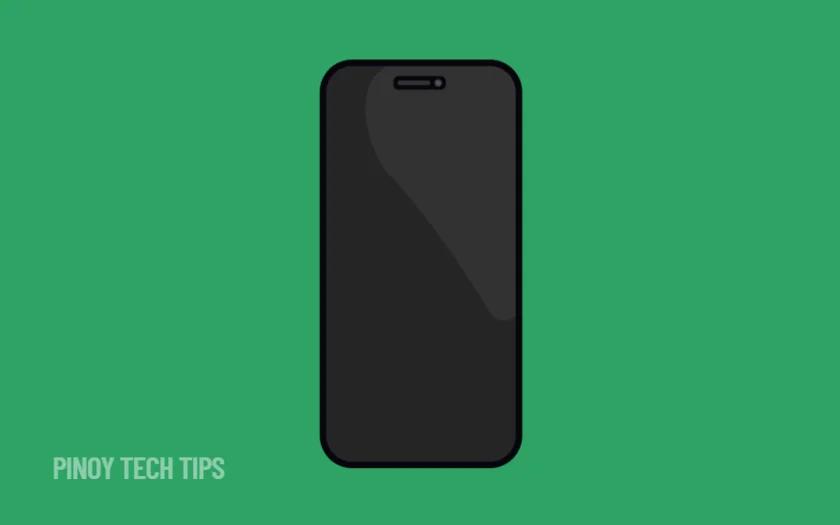- Force restarting your iPhone is the first and most effective step for most users.
- Charging with a certified cable and adapter can rule out power-related issues.
- A dirty or damaged charging port can prevent power from reaching the device.
- If your screen stays black but you hear sounds, your display might be the issue—not the phone itself.
- DFU mode allows deep-level restores when other methods fail, but should be used carefully.
Waking up to a dead iPhone that won’t turn on can feel like a nightmare—especially if you rely on it daily for work, school, or emergencies. You press the power key, and nothing happens. No Apple logo, no vibration, no sound.
It happened to me once, and I almost assumed the phone was completely dead. But after trying a few solutions, I realized it was fixable without needing a repair.
If you’re in the Philippines and dealing with this issue right now, try these steps first before heading to a service center.
Force Restart the iPhone.
This works in most cases and won’t erase your data.
- For iPhone 8 or later (including iPhone SE 2nd/3rd gen):
- Quickly press and release the Volume Up button.
- Quickly press and release the Volume Down button.
- Then, press and hold the Side button until you see the Apple logo.
- For iPhone 7 and 7 Plus:
- Press and hold both the Volume Down and Side button at the same time.
- Keep holding until the Apple logo appears.
- For iPhone 6s or older:
- Hold the Home button and the Power button together.
- Release both when you see the Apple logo.
Sometimes the phone is stuck in a crash loop, and a force restart snaps it out of it.
Charge the iPhone for 30 Minutes.
If the battery is completely drained, it might take time before anything shows on the screen.
- Use an Apple-certified Lightning cable and a compatible wall adapter.
- Plug it into a working outlet and let the phone charge for at least 30 minutes.
- If the phone stays black, try a different charger or outlet.
Avoid charging through a laptop or power bank at this stage, as these might not provide enough power to jumpstart a dead battery.
Clean the Charging Port.
A dusty or damaged port might prevent the phone from charging properly, even if the cable is fine.
- Use a flashlight to look inside the charging port.
- Gently remove any lint or debris using a wooden or plastic toothpick.
- Avoid using sharp metal tools or liquids.
Charging ports can easily collect dirt over time, especially in pockets or bags. In a humid country like the Philippines, corrosion might also become an issue if moisture enters the port.
Check for Screen Issues.
If your iPhone is vibrating, making sounds, or showing up in Finder/iTunes but the screen is still black, the display may be the problem—not the whole phone.
Try calling your iPhone from another phone. If it rings or makes sounds, the phone is on but the display might have failed. You’ll likely need a screen replacement or inspection at an Apple service center.
Try Recovery Mode.
If the screen stays black and the force restart didn’t work, try using a computer to restore the iPhone.
- Connect your iPhone to a Mac (or PC with iTunes).
- Force restart your device, but keep holding the final button until you see a recovery mode screen.
- Choose Update when prompted—it tries to reinstall iOS without erasing your data.
This is useful if the phone is stuck during a failed update or system crash.
Use DFU Mode (Device Firmware Update).
This is a deeper restore method that can fix firmware-related issues, but it erases everything on the phone.
- Connect your iPhone to a computer.
- Follow specific steps to enter DFU mode (these vary slightly by model).
- Use Finder (macOS) or iTunes (Windows) to restore the iPhone.
Only use this if nothing else worked and you’re ready to set up the device from scratch or restore from backup.
If your iPhone still won’t turn on after trying all these steps, it’s likely a hardware issue—possibly with the logic board, battery, or screen. At that point, it’s best to visit an authorized Apple service provider in the Philippines for professional diagnosis.
Thanks for reading. If this guide helped you bring your iPhone back to life, leave a comment and share your experience. And if someone you know is panicking over their iPhone not turning on, send them this article—it might save them a trip to the service center.
Leie Gabrielle is a college student with a deep passion for technology, gaming, and all things digital. When he’s not buried in coursework, he’s exploring the latest gadgets, leveling up in his favorite games, or breaking down tech trends for curious minds. With a sharp eye for innovation and a love for learning, Gabrielle brings fresh perspectives to the ever-evolving digital world.
